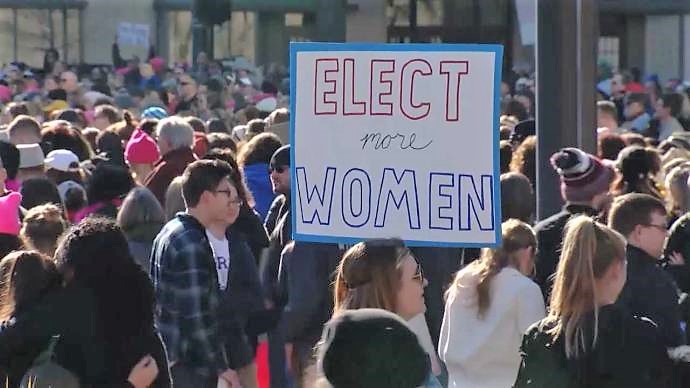The 2018 primary season witnessed a drastic decline of white men running for office in congressional and state races, as more women and minorities have joined the political arena.
There has been a 13 percent drop in white, male Congressional candidates since 2012, and a 12 percent drop in legislative races, the report from the Reflective Democracy Campaign found.
“This is clearly a story largely about women running and winning primaries at a much greater rate than ever before,” said Brenda Choresi Carter, director of the RDC. “But this is not only a story of increased numbers of women running and winning. Another way of flipping it is a historic decrease in white men.”
During the same period, the number of women of color running for Congress increased by 75 percent, the number of white women increased by 36 percent, and the number of women running overall increased by 42 percent in Senate and 39 percent in House races.
The report found an increase of female candidates across the political spectrum in congressional races. Female Democratic candidates increased by 46 percent and female Republican candidates increased by 22 percent.
The center has been tracking the numbers of women and minorities running for office since 2012. The first two years, the rates remained largely unchanged.
From 2012 to 2016, white men, who represented only 32 percent of the population, were 65 percent of all candidates and 65 percent of all elected officeholders at the local, state, and federal level, it found.
State legislative races have seen similar increases in representation of female and minority candidates. There, women of color increased by 75 percent, and white women increased by 14 percent.
In gubernatorial races, women of all races and men of color increased as a share of Democratic candidates. But men of color decreased as a share of Republican gubernatorial candidates, leaving the Republican candidate pool almost exclusively white and male at 86 percent.
